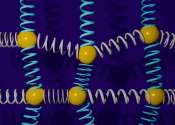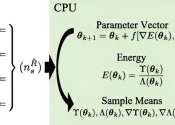New algorithm solves century-old problem for coral reef scientists
An algorithm developed by a Florida Tech graduate student creates a new ecological survey method that allows scientists to unlock important historical data from a vast trove of coral-reef photographs dating back more than ...









